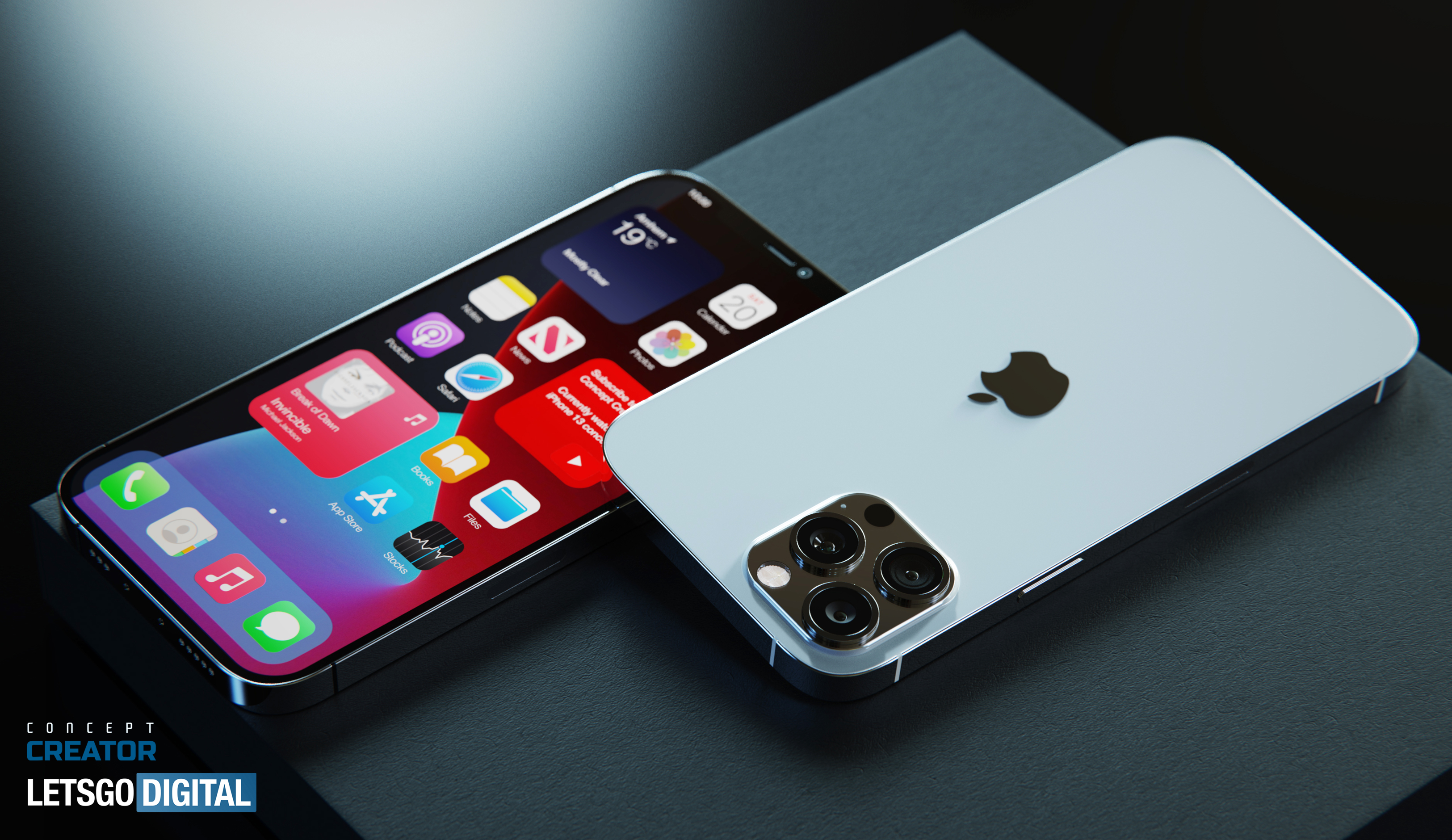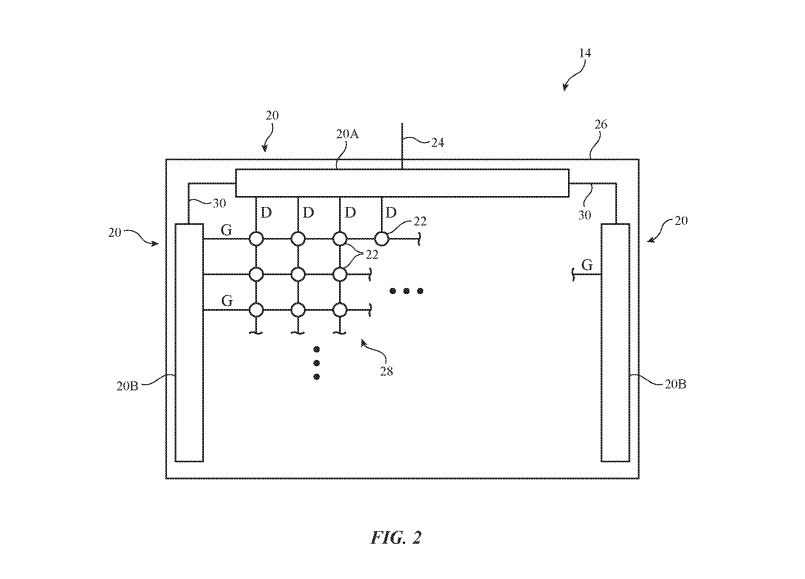Forget iPhone 13: This killer upgrade will blow Android phones away
Apple patent teases highest phone refresh rate ever, but it likely won't happen this year

The iPhone 13 is rumored to have a 120Hz display, but it could see even higher refresh rates.
While it's not guaranteed yet, future iPhones could get up to a 240Hz refresh rate on their displays. That's double what today's top phones, like the Samsung Galaxy S21 can manage, which is why we're excited to see what Apple has planned.
- iPhone 13 release date, price, specs and leaks
- The best phones that you can buy today
- Plus: World’s first phone-powered Covid-19 test up for FDA approval
The details come from a patent filed by Apple with the USPTO and recently discovered by Patently Apple. It specifically mentions the technology's use on iPhones, but also refers to the iPad, Apple Watch, headsets, TVs or even a headset or automobile. Perhaps those last two refer to the Apple Glasses and Apple Car, respectively.

We have been eagerly awaiting Apple to up the refresh rate on its iPhones. The iPad Pro has had ProMotion 120Hz displays available since 2017, and rival phones like the Galaxy S21 or OnePlus 8 Pro already have 120Hz screens. The iPhone 12 line looked like it was going to get 120Hz too until a couple of months before launch, when its impact on battery life apparently caused Apple to switch back to 60Hz.
Within the filing, titled "Displays with multiple refresh rate modes", Apple discusses a native and "high" refresh rate mode, with the high mode being twice, three times or four times higher than the basic one. Most phones have a basic 60Hz refresh rate, with some now offering 120Hz. But as well as these common refresh rates, the patent also mentions 180Hz and 240Hz frequencies, figures we've only seen on much larger dedicated displays and monitors.
There is a catch, however. The patent text continues to say that to achieve these high speeds, the display would have to reduce the vertical resolution of the display, combining two or three rows of pixels into a single row. It would mean you (or the phone if it's automatic) would have to choose between the best-looking image or the smoothest motion.
It's hard to appreciate the difference a high refresh rate makes until you've seen it in action for yourself. The overall effect is greater smoothness in movement on the screen, be that scrolling through social media feeds or playing games. But using 120Hz or higher refresh rates takes its toll on a phone's battery life, unless it uses a variable system that lets the phone use a lower frequency when possible, or the resolution-altering method that Apple's patent suggests.
Sign up to get the BEST of Tom's Guide direct to your inbox.
Get instant access to breaking news, the hottest reviews, great deals and helpful tips.
This isn't the only new display feature we could see on the iPhone 13. Recent leaks claim this year's iPhone will be Apple's first with an always-on display, allowing users to keep track of time, battery status and notifications without touching the phone.
The iPhone 12 series, and in particular the iPhone 12 Pro Max, is currently our top pick for the best phone you can buy right now. The iPhone 13 Pro should get a 120Hz display for sure. But if it does use this new patented display tech, it would put Android phones on notice.

Richard is based in London, covering news, reviews and how-tos for phones, tablets, gaming, and whatever else people need advice on. Following on from his MA in Magazine Journalism at the University of Sheffield, he's also written for WIRED U.K., The Register and Creative Bloq. When not at work, he's likely thinking about how to brew the perfect cup of specialty coffee.
